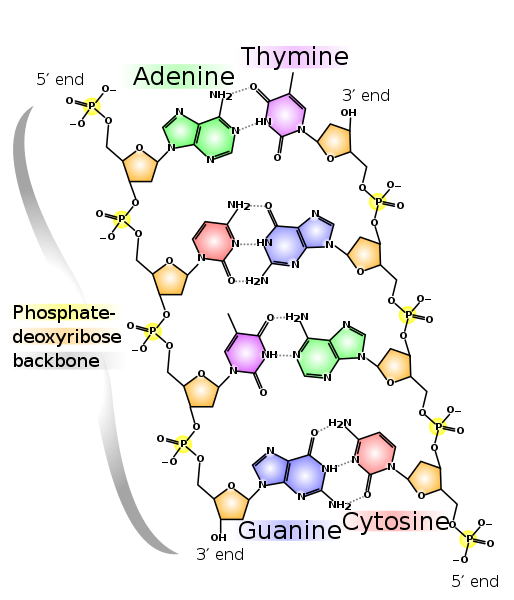Antioxidants are molecules that slow or prevent the oxidation of other molecules. Oxidation is a chemical reaction that transfers electrons from a substance to an oxidizing agent. Oxidation reactions can produce free radicals, which start chain reactions that damage cells. Antioxidants terminate these chain reactions by removing radical intermediates, and inhibit other oxidation reactions by being oxidized themselves. As a result, antioxidants are often reducing agents such as thiols or polyphenols.
There are 3 groups of antioxidants:
1. Enzymes e.g. superoxide dismutase, catalase and diferent peroxidases
2. Inhibitors of radical formation e.g. fenton reaction inhibitors
3. Free radical quenching agents e.g. vitamin E
The most known group is these of the free radical quenching agents. Who hasn’t heard about vitamin C or E? But very few people have heard about superoxide dismutase. But you can take this in a pill (gliSODin). One of the best antioxidants is glutathione (GSH). Glutathione is a tripeptide, this means that it is a component that is build from three amino acids.
 Studies show that orally taken glutathione is very bad absorbed into your body. But you can take the precursor for glutathione called cystein. Cystein is a amino acid but because it isn’t so stable inside your cells it’s better to take N-acetylcystein (NAC).
Studies show that orally taken glutathione is very bad absorbed into your body. But you can take the precursor for glutathione called cystein. Cystein is a amino acid but because it isn’t so stable inside your cells it’s better to take N-acetylcystein (NAC).If you use fenton reaction inhibitors you can choose for two approaches. The first is the inhibition of the formation of hydrogen peroxide (MAO inhibition). The second is to remove Fe2+ from your body by taking chelators. A inhibitor for MAO-B is Selegiline (Deprenyl).
A chelator for iron is Adriamycin (doxorubicin), an antibiotic drug often used for cancer treatment. It removes iron from cancer cells but a big disadvantage is that it often results in severe heart damage. Even if Adriamycin cures the cancer, the patient is likely to die of a heart problem. Another iron chelator Ferriprox (deferiprone) is the first oral one but it has some toxicity problems. But nature gives us a good and safe iron chelator called inositol hexaphosphate (IP6). And IP6 doesn’t remove iron from red blood cells. IP6 is also know as phytic acid. But it chelates also zinc, magnesium and calcium.
Free radical quenching agents are well know, these are the typical antioxidants such as vitamin A, C and E, the minerals zinc and selenium and phytonutrients like polyphenols.
What is oxidative stress? Oxidative stress is the damage done by oxidation to vital compounds like DNA, fats, proteins, lipoproteins,… Oxidative stress is correlated with a lot of illnesses e.g. arthrosclerosis, cardiovascular and neurodegenerative diseases, rheumatoid arthritis, diabetes, macular degeneration,… Stimulants of oxidative stress are smoking, medicines (e.g. the pill), too much alcohol, too long exposure to the sun, natural aging, intensive and repeated physical exercise, hyperglycemia, metabolic syndrome and obesity.
The problem with taking antioxidants is that in some circumstances they can behave as pro-oxidants. The solution to this problem is taking several antioxidants instead of just one or two. When a radial reacts with an antioxidant it becomes a radical itself. Another antioxidant can than convert this radial back into the antioxidant. But it becomes than a radical itself. This process is called redox cycling. If you lack one antioxidant, the process can’t be executed like it has to be. On the end of the process the radical is being neutralized.
Which antioxidants should you take? I advise to take as much different ones as you can. Here’s a list of compounds that you can take:
- Lipoic acid
- N-acetylcycteine
- Resveratrol
- Green tea extract
- Promegranate extract
- Carotenoids
- Vitamin E (I will discuss the problem of the different forms later)
- Vitamin C
- Selenium
- Zinc
- GliSODin
- Melatonin
- Carnosine
- Ubiquinone (Co-Q10)
- Garlic
- …
I personally take: garlic, ubiquinone, carnosine, lipoic acid, N-acetylcycteine, resveratrol, green tea extract, beta-carotene, vitamin E, vitamin C, selenium and zinc.
Keep healthy
--------------------------------------------------------
Enzymes: proteins that catalyses (i.e. accelerate) chemical reactions.
Vitamins: a organic compound required in tiny ammounts for essential metabolic reactions.
MAO: monoamine oxidase, a type of enzymes.
Chelator: a chemical that forms a complex with a metal ion.
Phytonutrients: chemical compounds derived from plants.
Polyphenols: a group of compounents found in plants, characerized by the presence of more than one phenol group.

